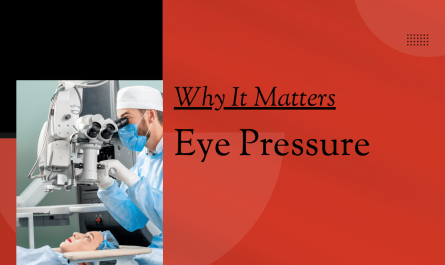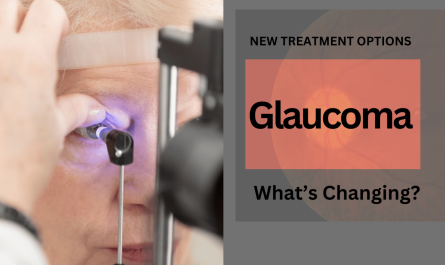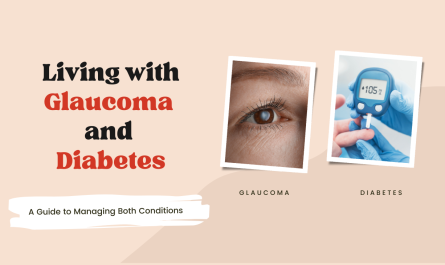Glaucoma is one of the leading causes of irreversible blindness worldwide. It’s a silent thief of sight, often progressing without noticeable symptoms until significant damage is done. With proper care, lifestyle modifications, and early detection, the risk of developing glaucoma can be minimized. In this blog, we will explore lifestyle habits that can increase your risk of glaucoma and discuss the changes you can make to protect your eyes. From understanding the basics of glaucoma to addressing lifestyle factors and best practices for prevention, we’ve got you covered.
Understanding Glaucoma
Before diving into how certain habits affect glaucoma, let’s first understand what it is. Glaucoma refers to a group of eye diseases that result in damage to the optic nerve, typically due to increased intraocular pressure (IOP). This pressure damages the nerve fibers and leads to gradual vision loss. The condition usually develops slowly and may not show symptoms until the damage is significant.
The two main types of glaucoma are:
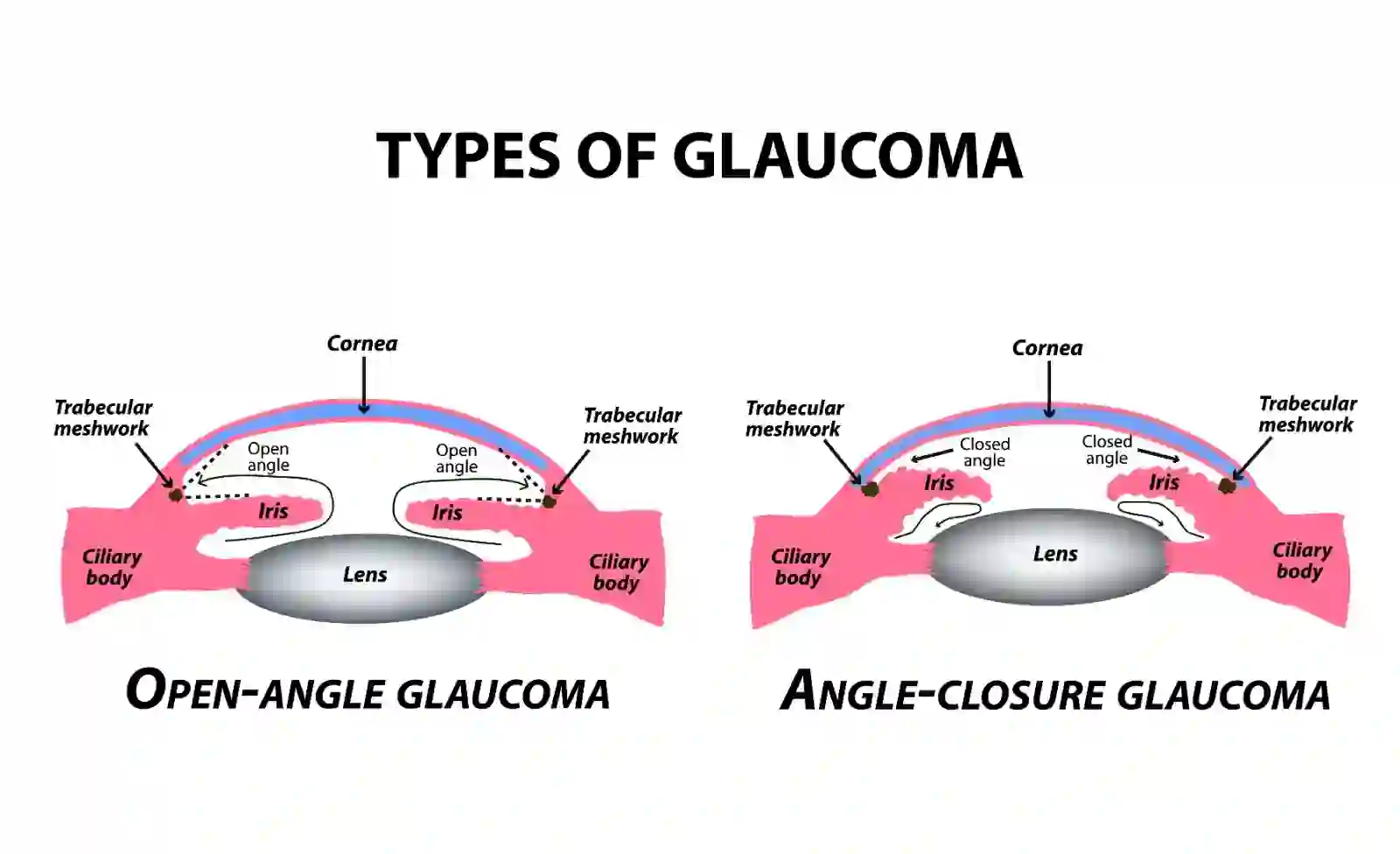
- Primary Open-Angle Glaucoma (POAG): The most common form, where the drainage angle of the eye is open but inefficient. It leads to a gradual increase in IOP without noticeable symptoms until advanced stages.
- Angle-Closure Glaucoma: A less common type where the drainage angle becomes blocked, leading to a sudden increase in IOP and causing symptoms like eye pain, blurred vision, and nausea.
Since glaucoma often progresses without symptoms, it’s crucial to be proactive about prevention. Let’s explore the lifestyle habits that can elevate your risk and what you can do to minimize it.
Want to know more about glaucoma? Explore the latest advancements in our blog New Treatment Options for Glaucoma: What’s Changing?
1. Habits That Raise the Risk of Glaucoma
a. Poor Diet and Lack of Nutrients

A poor diet can contribute to a number of health conditions, including glaucoma. Deficiencies in vitamins and minerals such as antioxidants, vitamin C, vitamin E, and omega-3 fatty acids can increase the risk of glaucoma. These nutrients play a vital role in maintaining healthy blood vessels in the eyes and reducing oxidative stress that can lead to nerve damage.
To prevent this, focus on a nutrient-rich diet that includes leafy greens, fruits, nuts, and fish like salmon that are high in omega-3 fatty acids. Regular intake of antioxidants helps reduce inflammation and supports overall eye health.
b. Excessive Salt Intake

High sodium consumption is linked to increased blood pressure, which in turn can elevate the risk of glaucoma. High blood pressure can increase intraocular pressure, the primary cause of glaucoma. If you regularly consume excessive salt, your body’s fluid regulation becomes impaired, which can have a direct effect on the pressure within the eye.
Avoid processed foods high in sodium, and opt for fresh, natural foods that are low in salt. Maintaining a balanced and low-sodium diet can help protect both your eye and heart health.
c. Lack of Regular Physical Activity
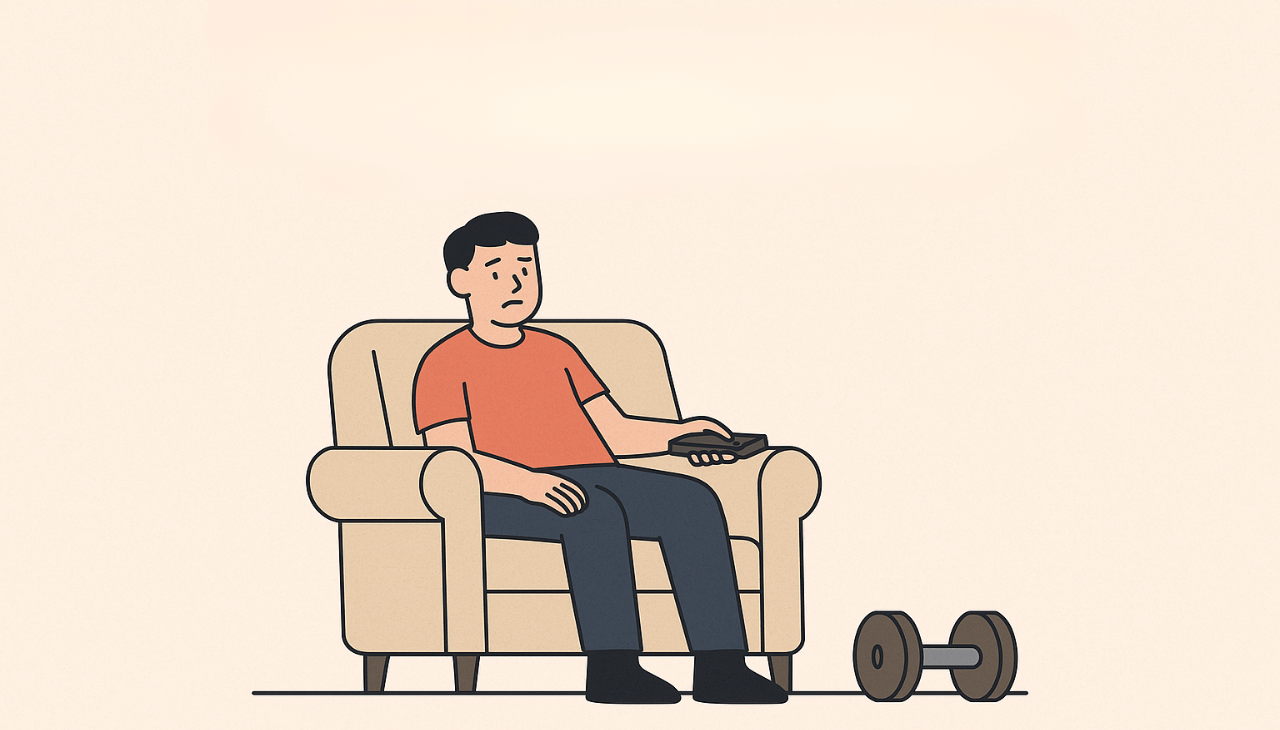
Leading a sedentary lifestyle can lead to weight gain and poor circulation, both of which contribute to elevated IOP. Inactivity can also worsen overall eye health, leading to a higher risk of developing glaucoma.
Regular physical exercise—such as walking, jogging, swimming, or yoga—has been shown to help lower IOP and improve circulation. Aim for at least 30 minutes of moderate exercise five times a week. Exercise not only reduces IOP but also improves overall health, including cardiovascular and eye health.
2. Other Risk Factors Linked to Glaucoma
a. Smoking
Smoking is a well-known risk factor for many eye diseases, including glaucoma. Studies suggest that smoking accelerates optic nerve damage and increases the likelihood of developing glaucoma. Smoking reduces the oxygen supply to the optic nerve, increasing the vulnerability to damage caused by elevated intraocular pressure.
If you smoke, quitting is one of the best things you can do to protect your eyes and improve your overall health. Consider seeking help from smoking cessation programs or therapy to break the habit.
b. Alcohol Consumption
Excessive alcohol consumption can lead to fluctuations in intraocular pressure and increase the risk of developing glaucoma. Regular heavy drinking can also exacerbate other health issues, such as high blood pressure, which is a major risk factor for glaucoma.
While moderate drinking may have minimal effects on glaucoma, it’s crucial to stay within recommended guidelines. Limiting alcohol consumption and drinking in moderation can help maintain eye health and overall well-being.
c. Inadequate Sleep
Poor sleep or sleep disorders like sleep apnea can affect your eye pressure. Chronic lack of sleep or disturbed sleep cycles may exacerbate intraocular pressure, increasing the risk of glaucoma over time.
Maintaining a healthy sleep routine—aiming for 7-8 hours of quality sleep each night—helps regulate eye pressure and reduces the strain on your optic nerve. If you have trouble sleeping, try to establish a regular sleep schedule and consult a doctor if necessary.
3. Best Practices for Glaucoma Prevention
a. Regular Eye Exams
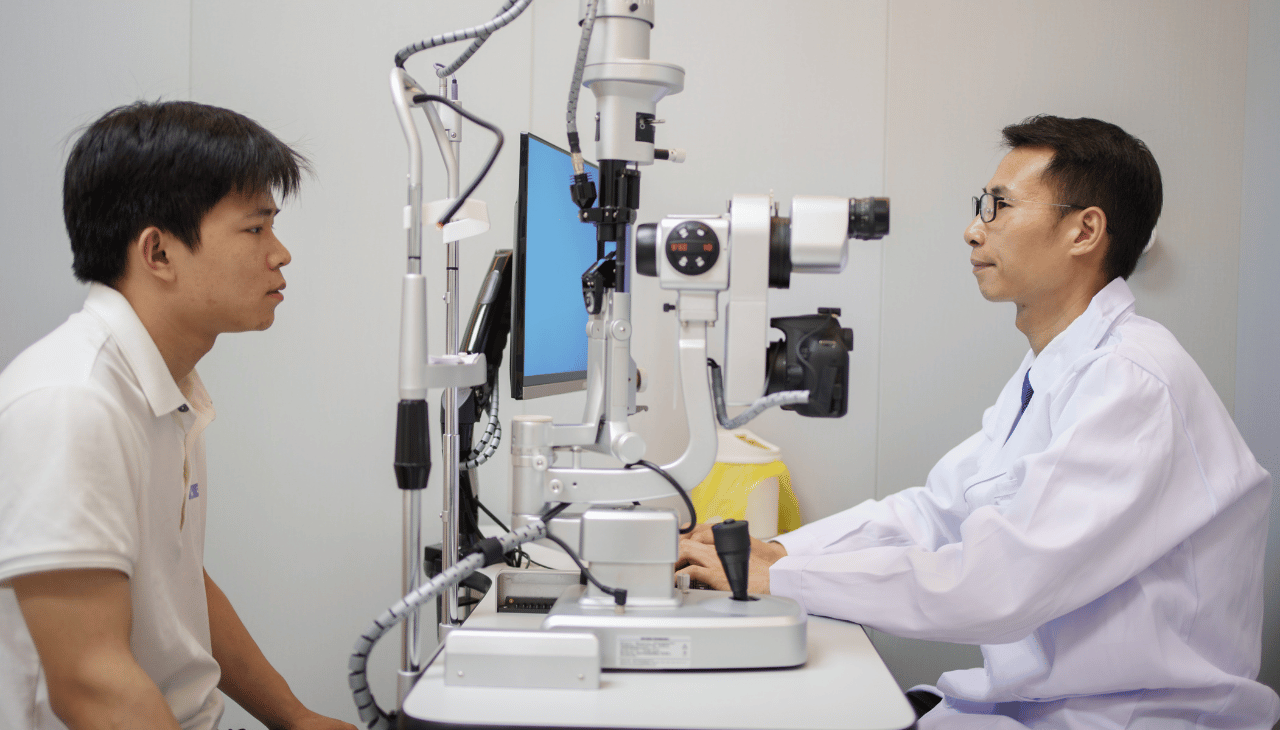
Early detection is key to managing and preventing the progression of glaucoma. Regular eye exams can detect signs of elevated intraocular pressure before it causes permanent damage. It is recommended that adults over 40 should have an eye exam every two years to monitor eye health.
Eye care professionals can perform tests to measure intraocular pressure and assess the optic nerve for any early signs of glaucoma. If glaucoma runs in your family, more frequent exams may be necessary.
b. Medication Adherence

If you are diagnosed with glaucoma, it’s essential to follow your doctor’s prescribed treatment plan, which may include eye drops to lower intraocular pressure. Consistently using your medication as directed is critical to slowing the progression of the disease and protecting your vision.
c. Protect Your Eyes from Injury
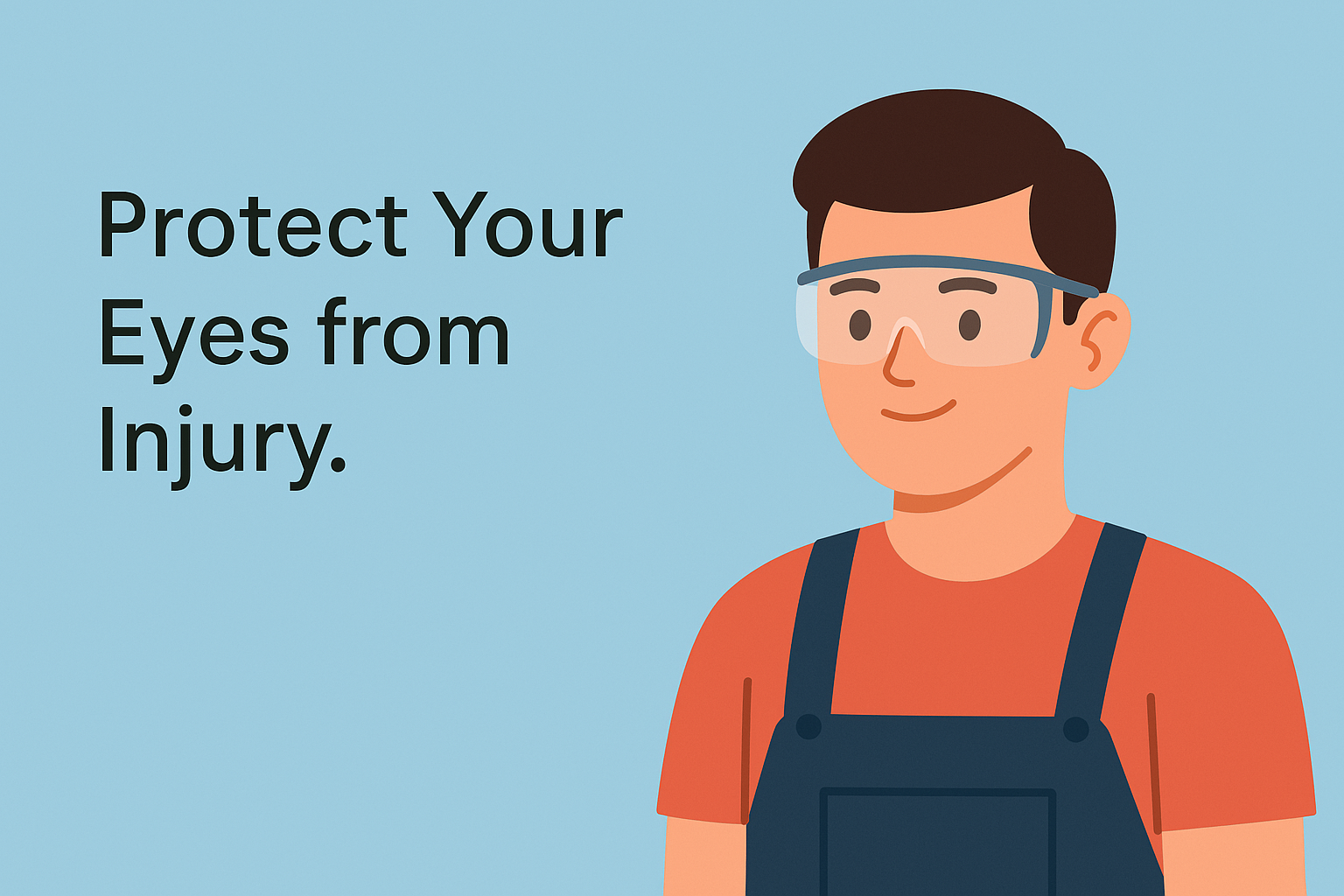
Physical injury to the eye can trigger an increase in intraocular pressure and may increase the risk of glaucoma. Always wear protective eyewear during sports or any activities that pose a risk of eye injury.
4. Expert Recommendations
Leading experts recommend focusing on a holistic approach to eye health. This includes healthy lifestyle changes, regular eye check-ups, and addressing underlying conditions like high blood pressure and diabetes. If you have a family history of glaucoma, it’s especially important to stay proactive with eye exams and make healthier lifestyle choices.
Consultation:
If you’re concerned about your eye health or are looking to take proactive steps toward glaucoma prevention, Laxmi Eye Hospital is here to help. With over 30 years of experience in providing high-quality eye care, Laxmi Eye Hospital offers expert consultations and treatment options. Our experienced team of ophthalmologists specializes in LASIK, cataract surgery, glaucoma, diabetic eye care, and more. Whether you’re experiencing vision issues or simply looking for a routine eye checkup, our clinic locations in Panvel, Kharghar, Kamothe, and Dombivli are ready to assist you.
FAQs:
- What is glaucoma, and how is it related to high eye pressure?
- Glaucoma is a condition where increased intraocular pressure damages the optic nerve, leading to vision loss.
- Can lifestyle changes prevent glaucoma?
- Yes, avoiding smoking, maintaining a healthy diet, and staying active can help reduce the risk of glaucoma.
- How often should I get my eyes checked for glaucoma?
- Adults over 40 should have an eye exam every two years to monitor eye health.
- Can I prevent glaucoma if it runs in my family?
- While you can’t prevent glaucoma entirely, regular eye exams and a healthy lifestyle can reduce your risk.
- What treatment options are available for glaucoma?
- Treatment may include medication, laser therapy, or surgery to lower eye pressure and protect the optic nerve.
Conclusion
In conclusion, preventing glaucoma is all about maintaining a healthy lifestyle and being proactive with your eye health. Avoiding habits like smoking, poor diet, excessive alcohol consumption, and inactivity can significantly reduce your risk. Regular eye exams and prompt treatment are essential in managing glaucoma. Remember, your vision is invaluable—take the steps today to protect it for tomorrow.


